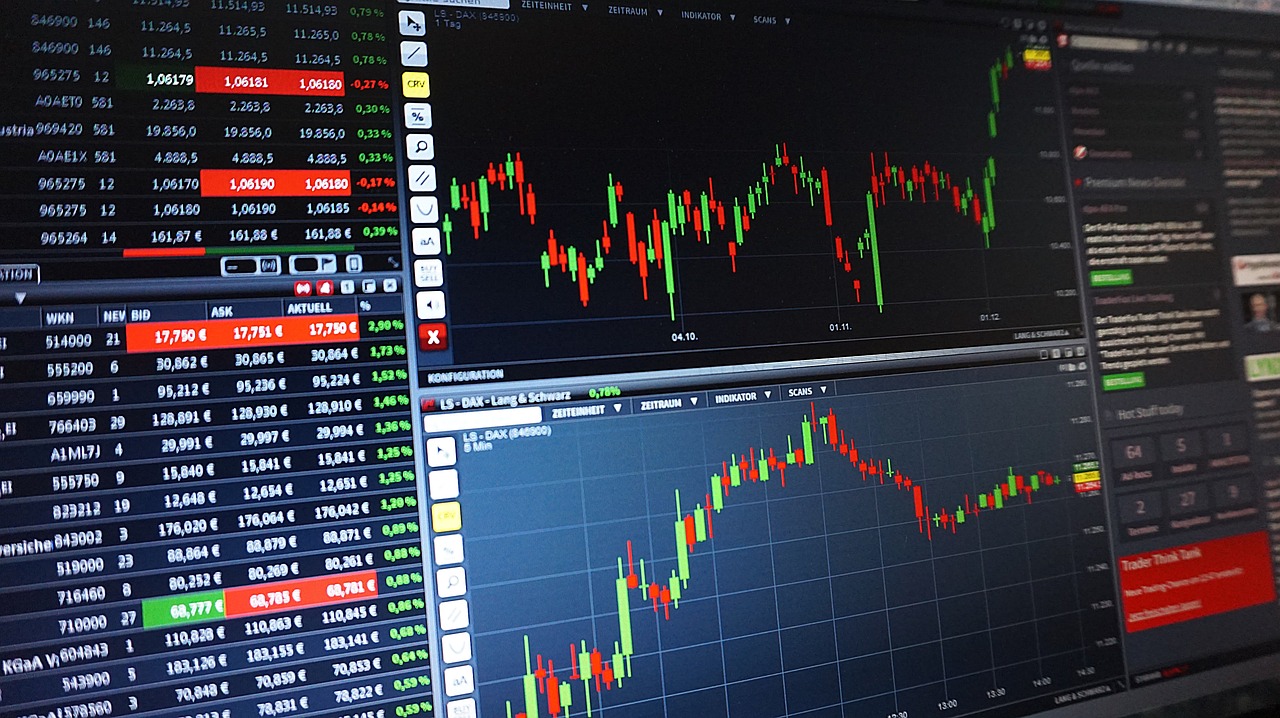Technical analysis is a cornerstone of successful forex trading, offering traders a systematic approach to forecast currency price movements and enhance their trading performance. By leveraging historical price data, charts, and technical indicators, traders can make informed decisions and develop strategic trading plans. At its core, technical analysis relies on the premise that historical price patterns tend to repeat themselves, reflecting market psychology and investor behavior. Traders use charts to visualize these patterns, identifying key levels of support and resistance, trends, and formations that suggest future price movements. For instance, the trendlines and channels drawn on price charts help traders understand the overall direction of the market, whether it is uptrend, downtrend, or ranging. Recognizing these trends is crucial as it provides the foundation for making trade decisions aligned with the market’s momentum.

One of the most widely used tools in technical analysis is moving averages. By smoothing out price data over a specified period, moving averages help automated forex trading identify the underlying trend and filter out market noise. Commonly used moving averages include the simple moving average SMA and the exponential moving average EMA. The crossover of different moving averages can signal potential buy or sell opportunities, with the EMA often providing more timely signals due to its weighting of recent prices. Another critical component of technical analysis is the use of oscillators and momentum indicators. Tools such as the Relative Strength Index RSI and Moving Average Convergence Divergence MACD help traders assess the strength of a trend and identify overbought or oversold conditions. For example, the RSI measures the speed and change of price movements, indicating whether a currency pair is overextended and due for a correction. Similarly, the MACD provides insights into the momentum of a trend by comparing the difference between two EMAs, generating signals for potential trend reversals or continuations.
Volume analysis is also integral to technical analysis. Volume measures the number of shares or contracts traded during a specific period and can validate price movements. High trading volumes during an uptrend suggest strong buyer interest and can confirm the validity of the trend, while low volumes during a downtrend may indicate weak selling pressure, potentially signaling a reversal. Additionally, technical analysis incorporates chart patterns like head and shoulders, double tops and bottoms, and triangles. These patterns reflect market sentiment and potential reversals or continuations, offering traders a visual representation of market dynamics. Effective technical analysis requires not only familiarity with these tools and indicators but also the ability to combine them to form a cohesive trading strategy. Successful traders often use a combination of trend analysis, indicators, and chart patterns to confirm their trading signals and manage risk effectively.
